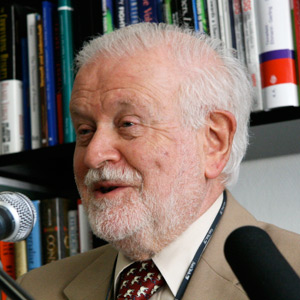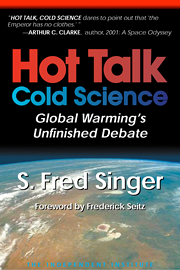Big news on the legal front: A US. Court of Appeals panel in D.C. decided unanimously last month that EPA had used science selectively (which is another way of saying that it was junk).
The panel also ruled 2-to-1 that EPA overstepped its constitutional authority by setting (extremely tight) standards on urban ozone and fine particulates in an arbitrary way.
In January 1997, we officially commented to EPA on its proposed regulations for particulates and ozone, and pointed out that the standards were specious and contrary to any cost-benefit criterion.
Why lower the ozone standard from 012 to 0.08 parts per million; why not to 0.09 or 0.07, or all the way to zero? By what methodology does EPA establish the optimum value? Robert Crandall and colleagues, writing in Regulation magazine, have complained with ample justification that it is the marginal benefits that need to be compared to marginal costs, and that such ratios would be less than one. There is a clear need here for an independent review of the EPA analysis.
The new regulations would amount to shifting the goalposts on the nation. By putting most cities and regions out of compliance, EPA would extend its ability to micromanage transportation and manufacturing, and even the use of lawnmowers and backyard barbecues. This attempted reach for power should not surprise any student of’ self-preserving bureaucracies. As the nation’s water and air keeps becoming cleaner, EPA could work itself out of a job. Horrors!) It therefore must tighten regulatory standards so cities (and other nasty polluters) will never be in compliance!
Tuning to the science, there is inadequate epidemiology backing up the proposed EPA standards for airborne particulates. The situation is even worse for ambient ozone (smog). Legally, there was no compelling reason for EPA to revise the current ozone standard. The court order obtained by the activist American Lung Association, which started the EPA process, applied only to particulates.
Scientifically, there is no "bright line" for choosing a particular ozone standard. No matter how low the permissible levels are set, there are always some people who will be affected or discomforted. Specially vulnerable individuals should never perform strenuous activities out-doors during the occasional days when meteorological conditions cause an ozone alert any more than prudent individuals should go jogging during a blizzard. Rather than set standards at unrealistic levels, wouldn’t it be more cost-effective to institute special procedures during periods of smog alerts?
It is a matter of concern that quoted benefit-cost ratios for the proposed standards disagree wildly While EPA Administrator Carol Browner cites benefits of $120 billion and costs of only $6 billion – a ratio of 20 – independent analysts set the costs at $60 billion or even much higher. It turns out that EPA has chosen to ignore the substantial "disbenefits" of higher skin cancer rates – as was pointed out in our original comments submitted to EPA. Ozone, whether in the stratosphere or at ground level, screens out ultraviolet radiation. EPA’s tighter standards would remove about 5 percent of the amount of ozone that is feared to be removed (in the stratosphere) by CFCs.
We used EPA’s own (albeit rather improbable) benefit figure of $32 trillion (9 for phasing out CFC production, cited by EPA Assistant Administrator Mary Nichols in congressional testimony on Aug. 1 and Sept. 20, 1995. (She now is resources secretary for the State of California.)
Assuming 40 percent of the US. population, in urban areas, is affected by smog, the "disbenefits" of the tighter ozone standard would reach the astounding level of $640 billion, far exceeding any benefits cited by EPA.
While constitutional lawyers may continue to argue and eventually bring the case to the Supreme Court, there is little question that the science used by EPA is suspect. Even EPA’s own science advisory panel has questioned the underlying reasoning, such as it is. If sustained, the Appeals Court’s decision may spell the end of excessive regulation that violates the norms of cost-effectiveness and causes economic havoc.
Fred Singer an atmospheric professor emeritus of environmental sciences at the University of Virginia and the president of the Fairfax-based Science & Environmental Policy Project, a non-profit policy institute.









